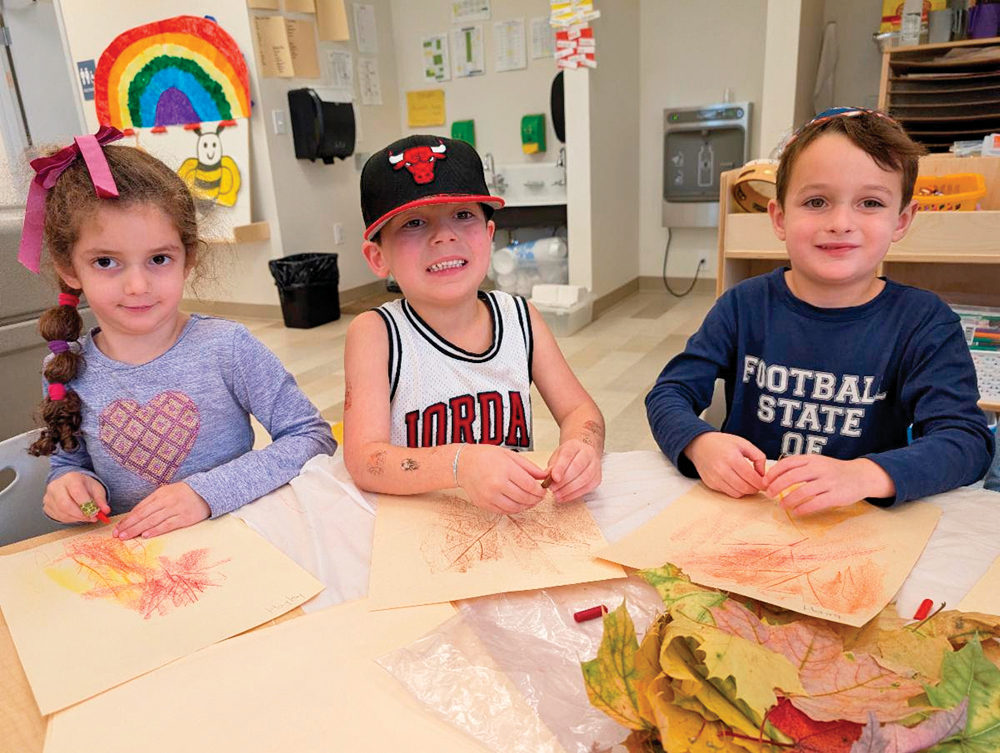What role should a new publication play within our community? These questions can only be answered if we identify what our communal challenges are.
One of the stories to which we turn when seeking guidance in challenging times is the story of Akedat Yitzchak. A dramatic moment in the story of the Akedah come as Avraham and his son Yitzchak ascend Mt. Moriah together. For those of us who read or study these pesukim, even if we know the outcome, the tension is almost palpable: Father and son walk together, in silence, their destination is mysterious and their fate is uncertain.
The silence is suddenly broken as Yitzchak turns to his father and asks “Hinei HaEsh VeHaetzim, VeAyeh HaSeh LeOlah? Here is the fire and the wood, but where is the lamb for the sacrifice”? Avraham answers, cryptically, “Elokim Yireh Lo HaSeh LeOlah, Beni. God will provide the lamb for the sacrifice, my son.” And the silent trek resumes.
Father and son play distinct roles in this story. Yitzchak notices the mysteries and enigmas. He sees that a crucial component of their stated mission, the actual animal for the sacrifice, is missing. Avraham assures him that there is an answer to his question, that the riddle will be resolved. Where Yitzchak perceives emptiness: ayeh haseh leolah- where is the lamb? Avraham tells him there will be meaning to this experience: elokim yireh lo haseh leolah- God will lead us to the answer.
Yitzchak’s question made the Akedah far more dramatic, but Avraham’s reassurances to his son reassure us as well. Unlike us, Avraham did not know how this story would resolve, but he knew with confidence that there would be resolution.
In this brief conversation, we see the dynamics of a relationship; the children, curious and often baffled by life’s mysteries ask questions and seek; the parents hope to provide as many answers as they can, and if they cannot provide answers they provide guidance and a reassuring presence.
How does this understanding of the Akedah resonate for our time and community?
Previous generations were called upon to be Avraham. The questions and challenges were clear: discrimination, pogroms, ghettos, concentration camps; maintaining Jewish identity in USA, keeping Shabbat while maintaining a livelihood. Like Avraham, Jews of the previous generation had to locate solutions to their challenges, and when that was not possible, they had to reassure themselves and the next generation that the crisis would resolve, that ultimately they would find comfort and meaning.
Our challenge is different. We are blessed to live in a time and place when there is relatively little crisis. We live in comfort; even those of us who have some difficulty live with a level of security and affluence that our grandparents could never have imagined. Their questions, challenges and struggles are foreign to us.Our challenge, therefore, is not to be Avraham, but to be Yitzchak.
Hinei haetz vehaetzim: circumstantially we have everything a Jewish community could dream of: outstanding schools, beautiful shuls, camps, Chesed organizations.
But we need to ask: veayeh haseh leolah: What is it all for? What lies at the heart of our community? What greater purpose is achieved by our institutions? These are the questions that lie at the core of our mission as a community, and to begin to answer them we must listen to the broad spectrum of voices and engage seriously with a wide array of ideas. There is so much that we can learn from each other, as together we celebrate our communities strengths and encounter its challenges. This publication can provide a forum in which we can study, debate and explore together, as we approach our great questions, and like Yitzchak, seek to locate the heart and soul of our mission.
By Rabbi Uri Goldstein













